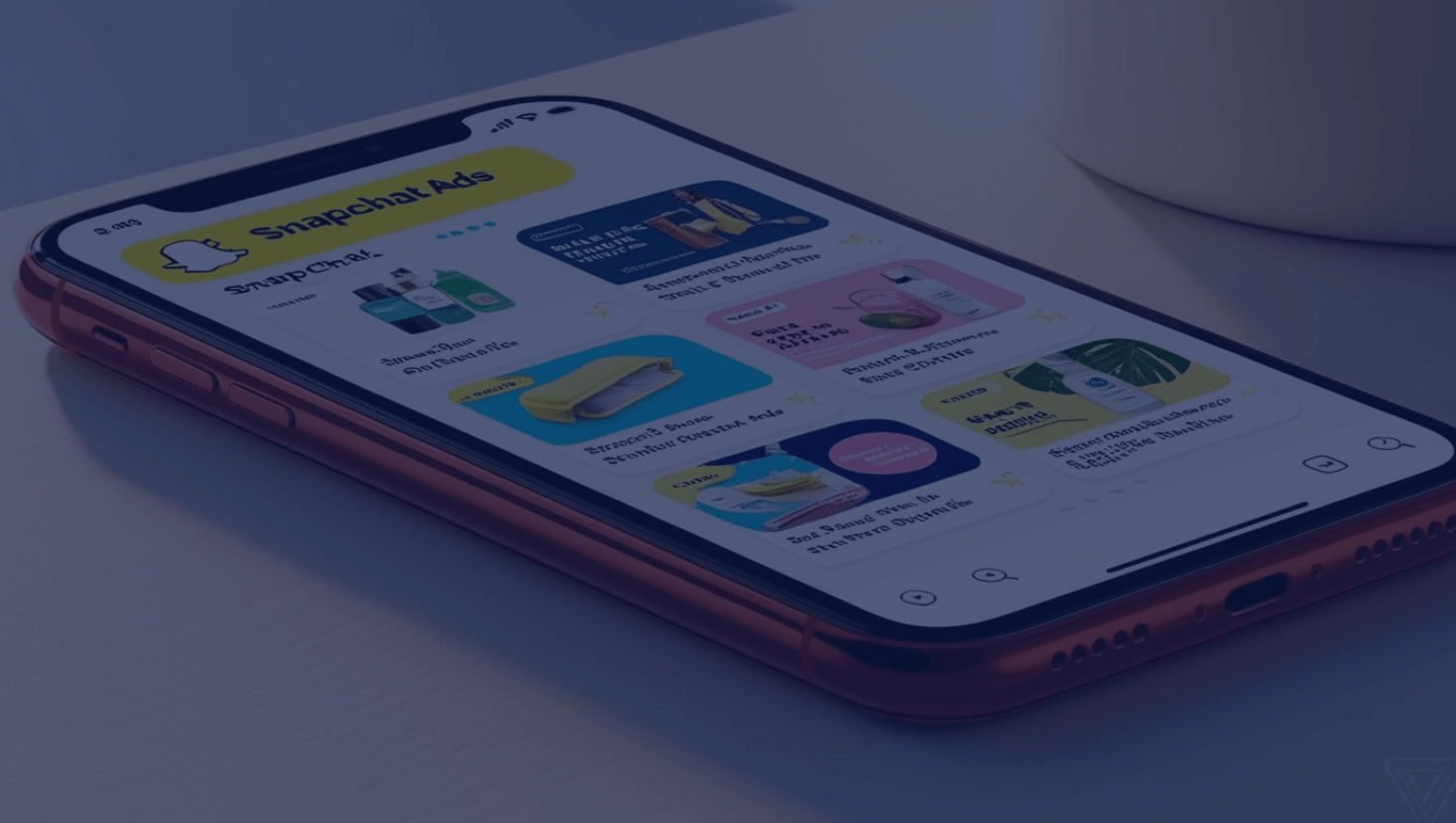With President Obama recently declaring the H1N1 pandemic a national emergency, the Centers for Disease Control and Prevention (CDC) is combining more traditional methods, such as e-mail blasts and websites, with social media strategies to circulate information about the virus, more popularly known as the swine flu.
The CDC has taken advantage of numerous social media tools to spread awareness about the warning signs of the H1N1 virus and the latest developments about flu activity. Social media is part of a comprehensive strategy to reach the nation of H1N1 virus warning signs and precautions.
The CDC has a Twitter account with links to press conference videos, statistics and vaccine information solely related to the H1N1 virus. Additionally, the H1N1 hashtag (#H1N1) enables multiple Twitter users to connect and discuss the H1N1 virus. Currently, the CDC’s flu Twitter account has over 16,000 followers.
Web enthusiasts and bloggers can also add CDC-created widgets to their personal web pages and blogs. The widgets allow users to share information about the spread of the virus and direct visitors to websites containing more information about H1N1. Widgets are updated automatically by the CDC, enabling users to easily receive the most up-to-date news on the H1N1 virus.
CDC has also launched a YouTube channel containing health-related videos, including ones specifically related to the H1N1 virus. The channel has had over 200,000 page views and over 4,000 subscribers. Videos include informational videos from experts sharing information on H1N1 virus causes, symptoms and prevention. For example, Dr. Anne Schuchat, director of the CDC, answers questions about the H1N1 flu vaccine and prevention in a video that has garnered almost 11,000 views to date.
With the CDC using social media to get the word out about the H1N1 pandemic, the organization is actively embracing new methods of communication to reach out to the nation about the spread of the virus. Social media facilitates the process of communicating to a mass audience, as users can instantly and repeatedly share information with one another. With this continued effect, the CDC can continue to spread awareness of the H1N1 virus and quickly and efficiently reach maximum audiences.
Click here for more information about CDC’s H1N1 virus social media efforts.





